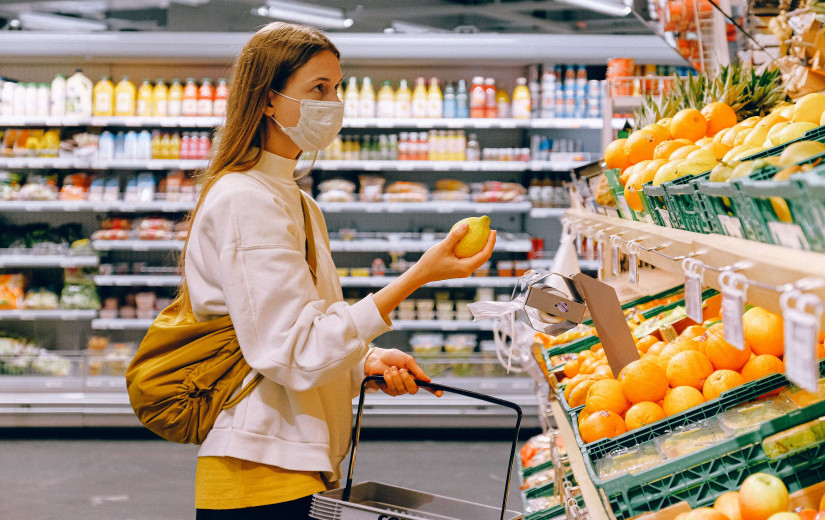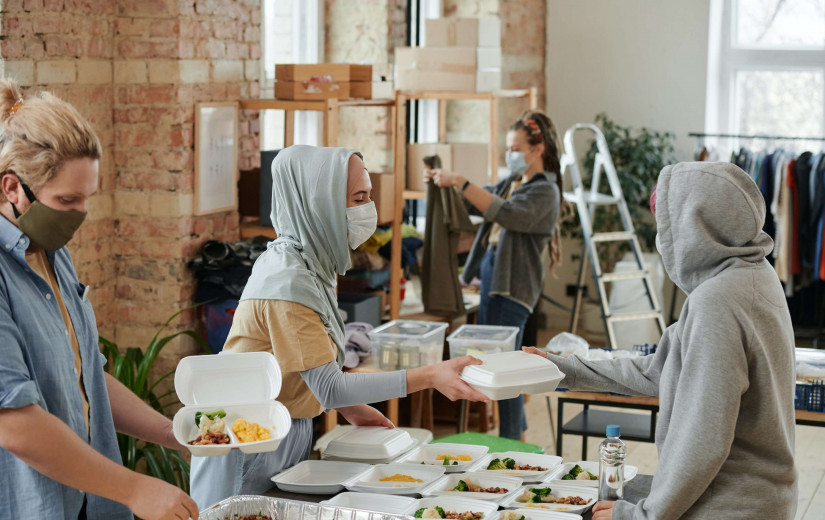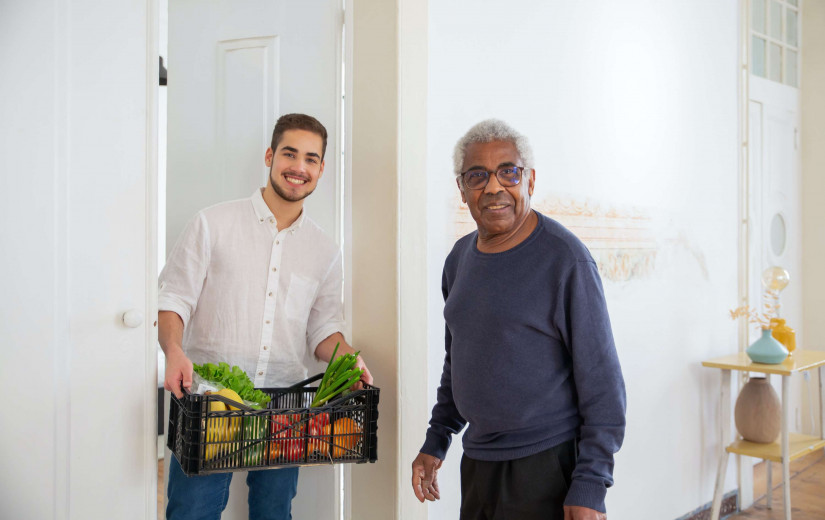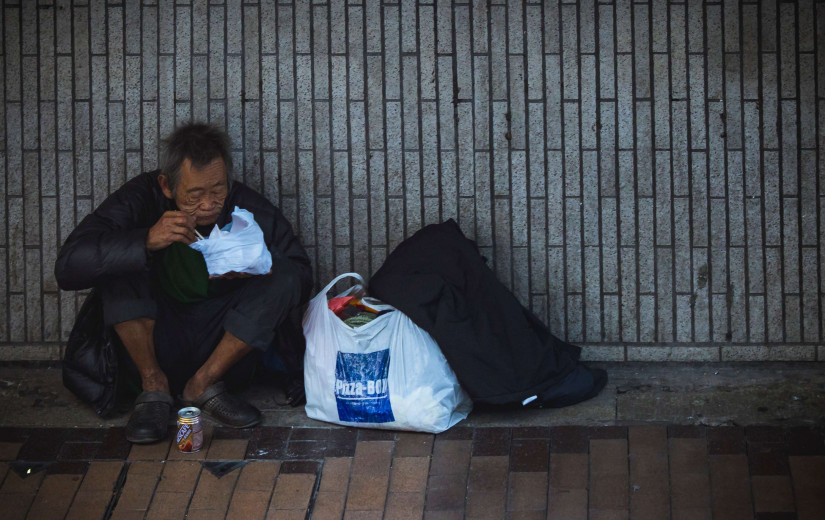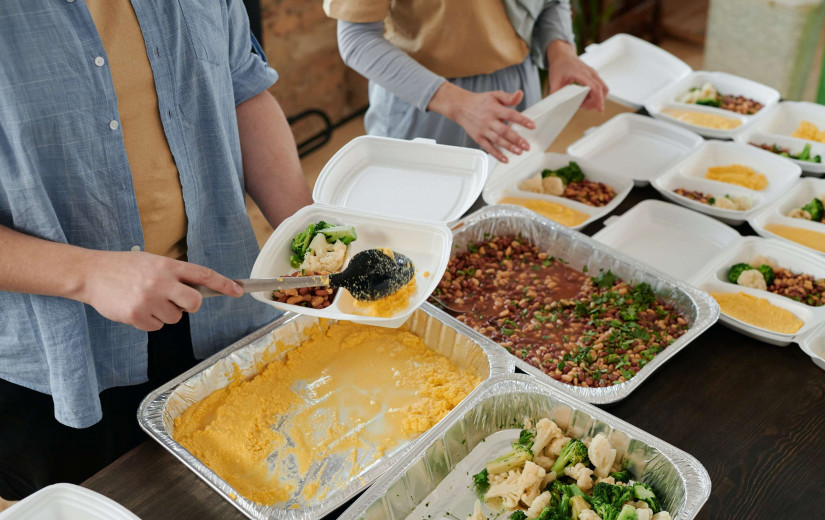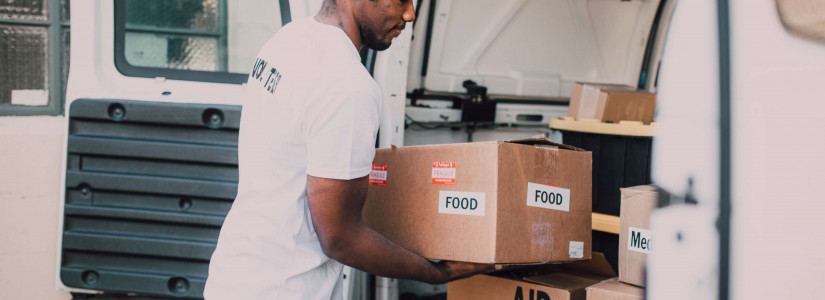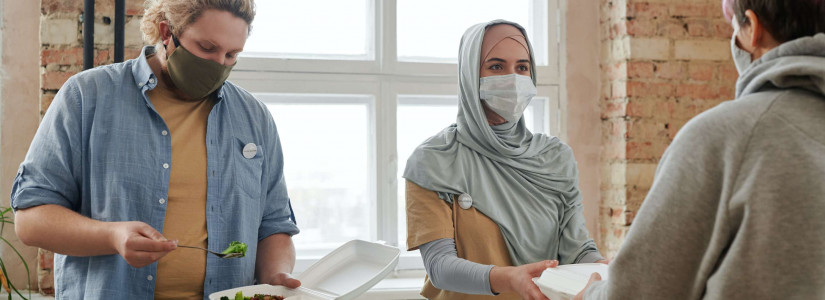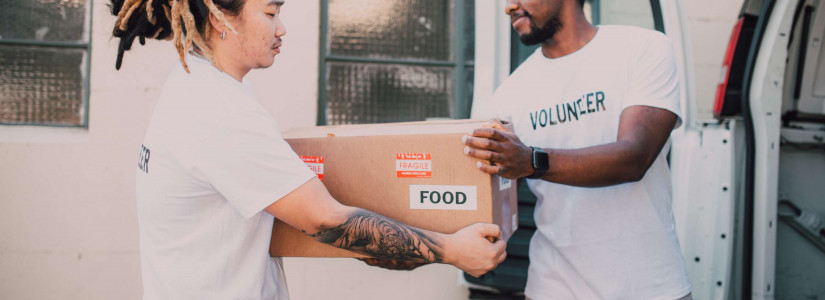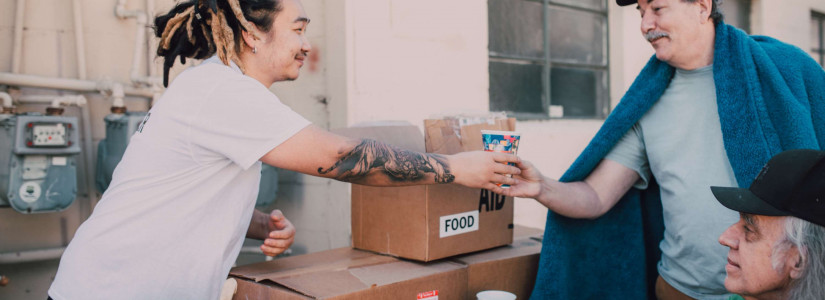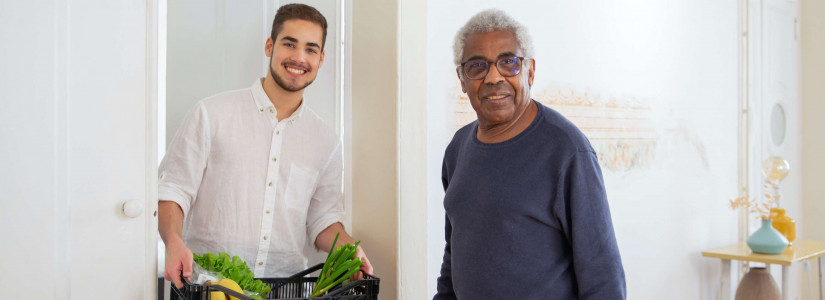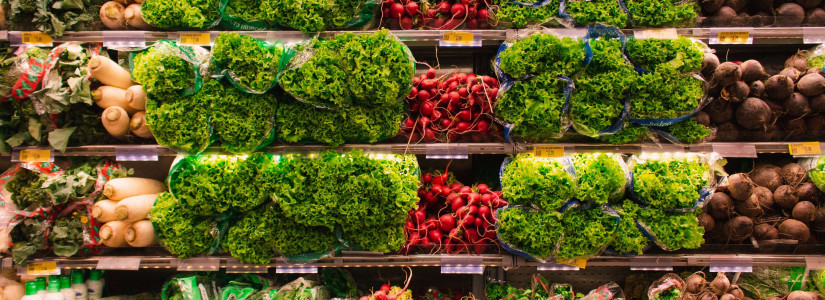Black Americans Are Dying from COVID-19 at an Alarming Rate. Why is This?
One of the most alarming truths to come out of the ongoing COVID-19 crisis is how the Black population is becoming sick and dying at much higher rates than the rest of the country. Older Black Americans are particularly susceptible to suffering from serious consequences when contracting the virus.
As the medical field continues to try to understand the complexities of this novel virus, here is some of the information that is being revealed.
New Study Results
A recent study by Kaiser Health News demonstrated the increased risk with COVID-19 faced by the Black population. After analyzing official data from the Centers for Disease Control and Prevention (CDC), Kaiser concluded that Black Americans between the ages of 65 and 74 are a whopping five times more likely to die from COVID-19 when compared to the death rates of the white population.
This discrepancy becomes smaller when looking at older age groups. The death rate for Black Americans was 3.5 times greater when examining data from the 75 to 84 age group. The rate was only twice as much in adults over the age of 85.
So what is the reason for this huge gulf? Here are a few factors that are contributing to this significant statistical difference.
Living Situation
Black Americans are more likely to reside in living situations that make them more vulnerable to catching the virus. While many segments of the white elderly population reside in nursing homes with qualified medical professionals onsite, most Black Americans do not have access to this type of care.
Approximately 20% of this population lives in multigenerational households. This on its own will naturally increase of risk of being exposed to the virus. Not only are you living in close quarters that are not conducive to social distancing, but there is also a higher chance that a greater number of essential workers are coming in and out of the home.
Essential workers do not have the luxury of working from home, making it more likely that they will bring home the virus to their elderly housemates. In addition, the Black population is also more likely to use public transportation, increasing the risk that the virus is spread to others.
Older Black individuals also have a higher likelihood of living in apartments or other housing situations that lean on shared areas. If the senior is out and about in public elevators, laundry facilities, and other common areas, they boost their risk of exposure to the virus.
Higher Rates of Chronic Conditions and Distrust of the Medical Community
Outside of the external factors, such as living conditions, Black Americans also have a higher chance of suffering from other chronic conditions that serve as complicating factors when exposed to COVID-19. Conditions such as heart disease, high blood pressure, diabetes, and obesity all lead to a greater chance of a negative outcome when contracting the virus.
Older Black Americans generally do not enjoy as much access to quality healthcare when compared to their white counterparts. A large percentage of the Black population depends on Social Security for their income. Because this is based on past earned income, many do not have the financial means necessary to address these health conditions.
Lastly, this population tends to be more distrusting of medical information. Health officials are already warning that Black Americans may be less likely to participate in vaccination programs because of their inherent mistrust in the system.
Social Isolation
When it comes to COVID-19, knowledge is power. Many of the older population of Black people in the US get their information from groups such as their church community. As they were forced to go into isolation as a result of the lockdown, it was harder for the Black population to get information about how to protect themselves from the virus.
Additionally, an overwhelming number of seniors in the Black community do not have internet access, compounding their ability to access timely and accurate information.
As more is understood about this deadly virus, health experts are hopeful that they can learn how to best protect America's most vulnerable populations. The protection and empowerment of Black Americans are certainly at the top of this list.




